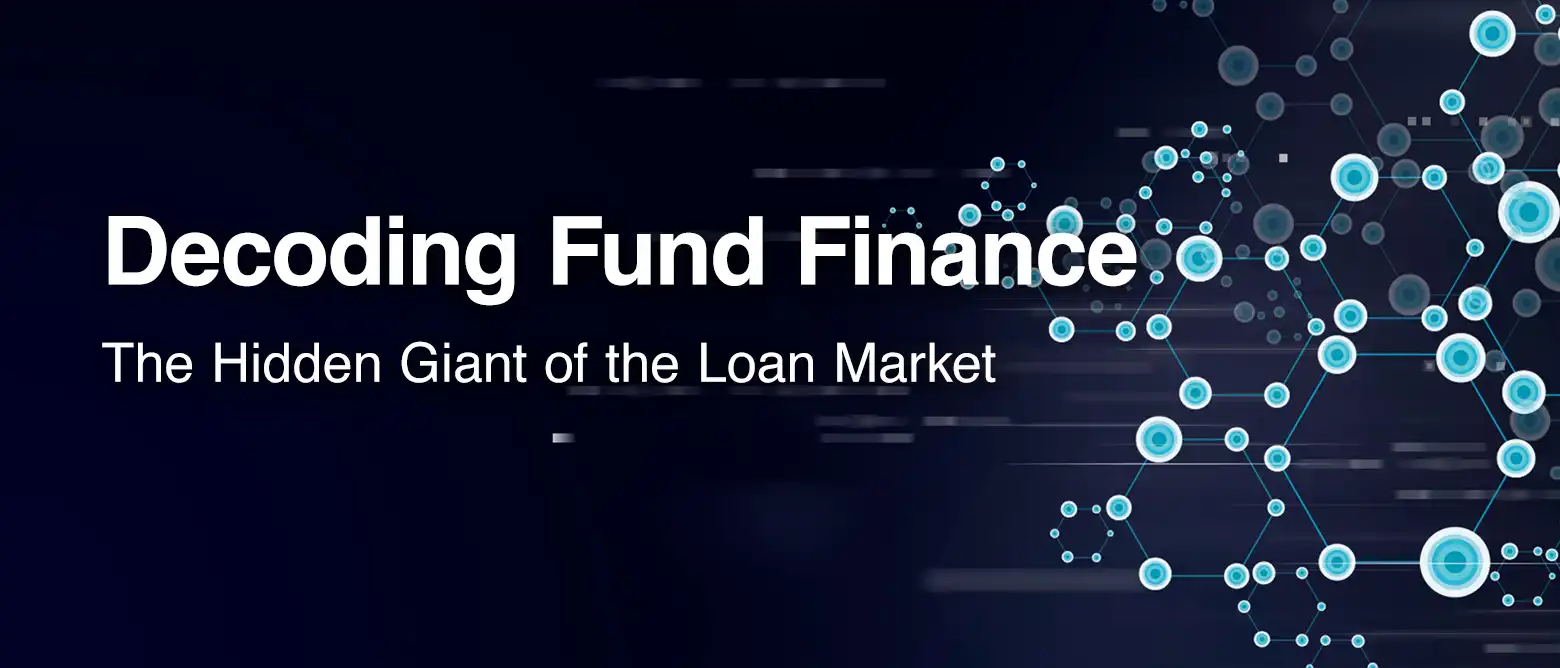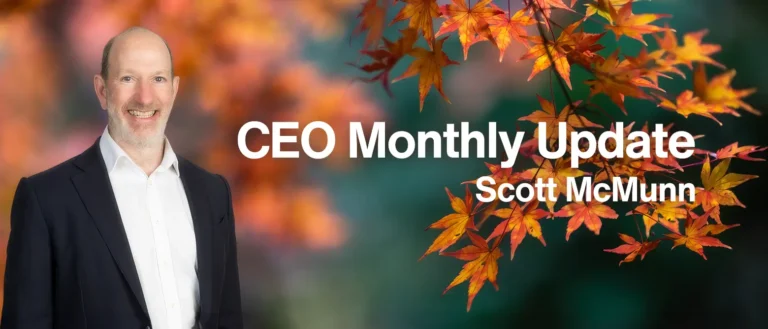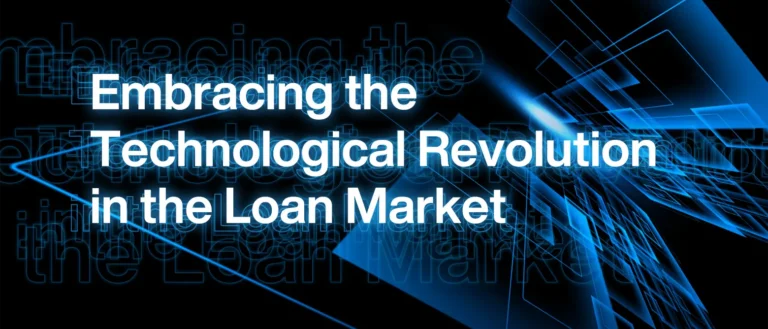It’s the biggest asset class you never heard of—until now. Even by private loan market standards, the fund finance market is a highly private market. However, it’s been gaining attention, often accompanied by scepticism over how it’s being used.
The panel discussion “Fund finance and its siblings” at the 17th LMA’s Loan Markets Conference in September 2024 was a chance to showcase the growing importance of fund finance, as well as to educate and inform on this often-misunderstood area of the loan market.
What is all the buzz about?
Put simply, fund finance is any type of financing that involves a fund structure instead of an asset leveraged structure. But ambiguity abounds—Who’s using it? How is it being used? These are questions that often go unanswered, which is why the LMA is focused on driving greater education and transparency. Check out our blog here on breaking down the fund finance market.
The trillion dollar question
The fund finance market is often described as a trillion dollar market and has certainly seen exponential growth. However, do those figures stack up given the market is so private? A Google search would tell you the overall size of the market is $660bn, but a similar search on the size of the subline market would tell you it’s worth $750bn alone. Clearly the maths does not add up, but what’s clear is that the market is substantial and continuing to grow (and 79% of our audience agreed).
Transparency is needed and the LMA is working with members to shine a light on the size, subsets, and stakeholders.
Why are we NAVigating negative press?
Contrary to recent media portrayals, fund finance is not a new product—it dates back to the early 2000s. So why the sudden attention?
It seems to be fuelled by the love of a headline and recently the attention has been further fuelled by the private nature of this market. Specifically lack of data. And some of the negative sentiment around NAV has been driven by its use for distributions to LPs, albeit infrequent and a very small percentage of use.
As markets evolve, there will always be questions about their application, and the generation of headlines.
What’s in it for me?
As awareness and curiosity increases, people want to know if GPs are using NAV to drive growth or to benefit themselves. The key for LPs is to understand why a facility is being put in place. GPs are facing increasing LP interrogation – is there a facility, why is it there, how does it work and who does it benefit.
NAV applications can be defensive (to protect value already generated) or accretive. It’s important to also view this in the economic environment. In the current environment, sponsors need support through their investment period and are having to hold assets for longer.
Where the LMA can add value is to provide guidance around documentation, including what can be done under the Limited Partnership Agreement (LPA). Clearer parameters can provide confidence to GPs and assist transparency with LPs.
Europe forges ahead
Whilst the European market is fragmented in terms of jurisdictions and players, which adds complexity, fund finance is an area where more competition has driven innovation. Developments adopted here flow over to the US (rather than the other way around). Core developments are taking place in the European market, and the LMA is uniquely placed to assist the market.
What happens if things go wrong?
With such a private market, gauging the real impact of a default is challenging. So far, there has only been one enforcement of a subscription facility, and while the security held up, access to information proved challenging. How a NAV enforcement would play out is still hypothetical, but the LMA is keen to provide a forum to explore potential scenarios.
LMA standardisation
Is there a need for standard documents for fund finance? Whilst under consideration by the LMA, suggestions are that a one-size-fits-all approach may not work. There are too many variables. The LMA is working to produce guidelines on certain core areas (for example, exclusion events).
Due diligence was an area where it was considered that standardisation and market guidance could be beneficial, as well as LP/GP communication, and finally reporting standards. Risk is usually assessed at different levels including: the manager, generally and specifically; the fund itself and credit risk; the investment strategy (short/medium/long term); collateral risk; market risks; legal and documentation risk – these all make sense to create a common language around.
Where to from here?
The market is ever evolving, ever growing and ever fascinating. The LMA is committed to supporting the sector as it continues to grow to ensure transparency, efficiency, liquidity and sustainability. If you are interested in working with us to shape the future of fund finance, get in touch. We only move further together.




